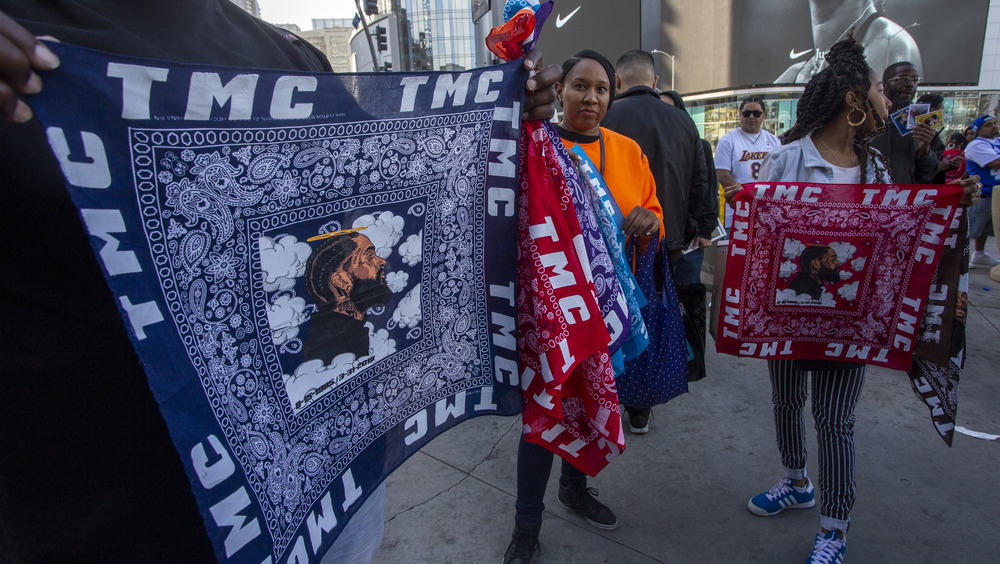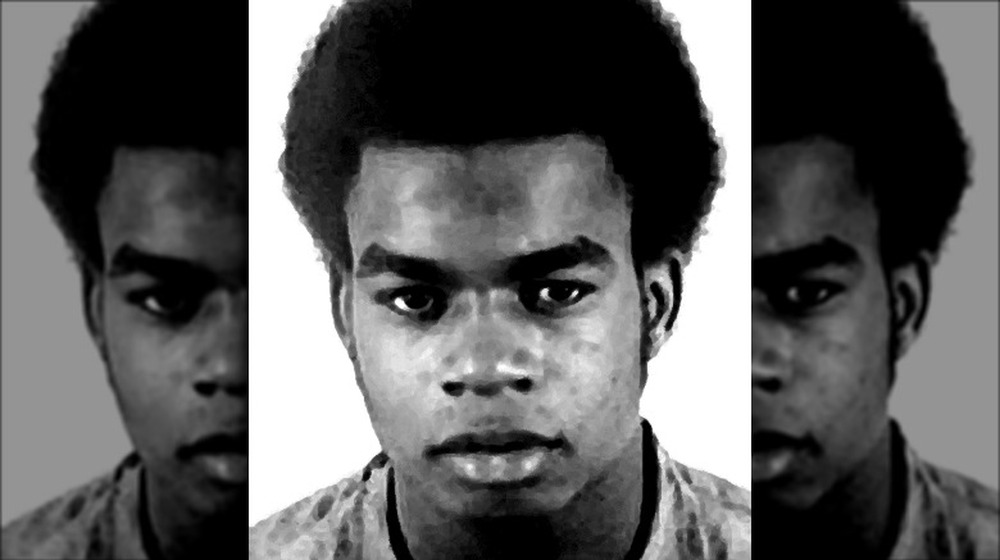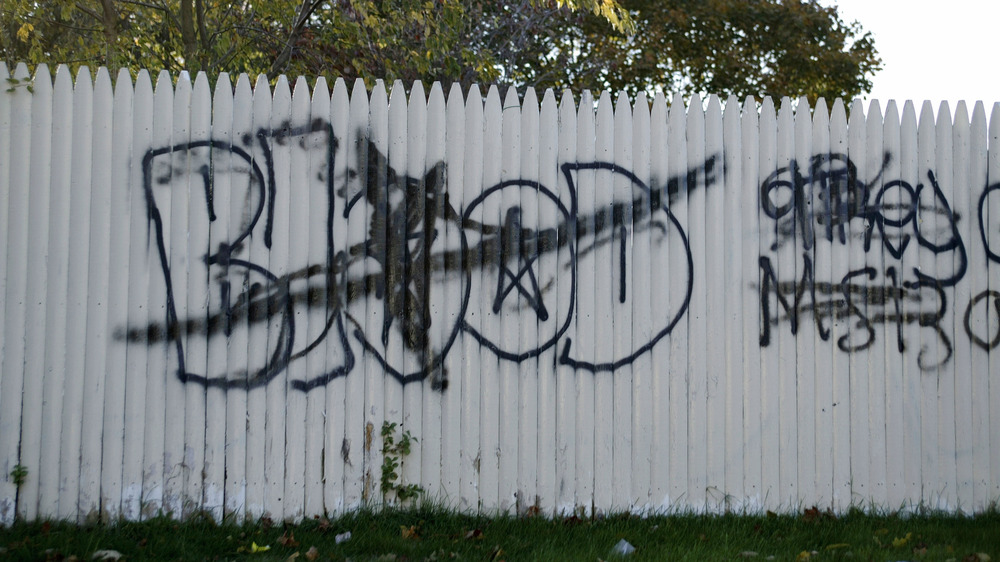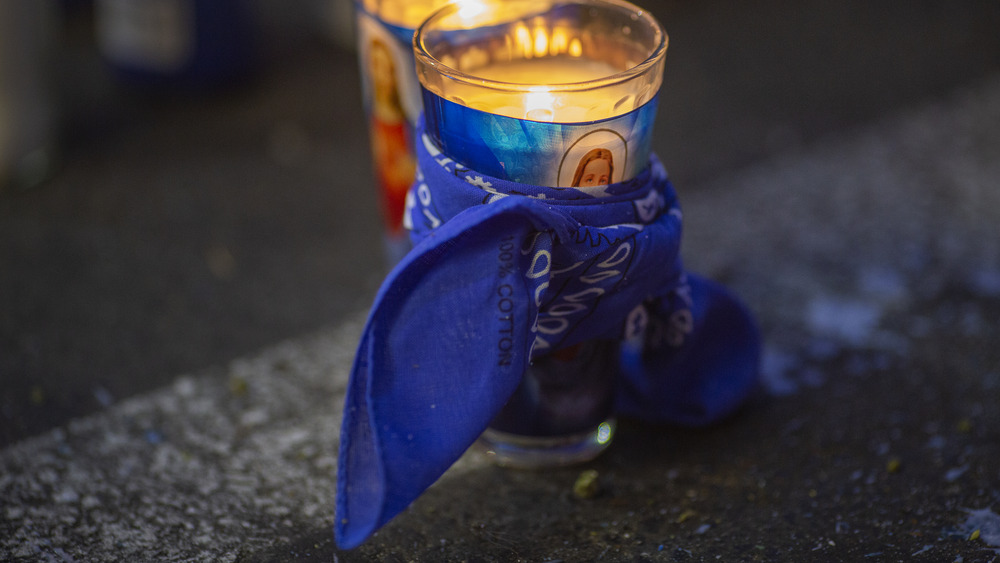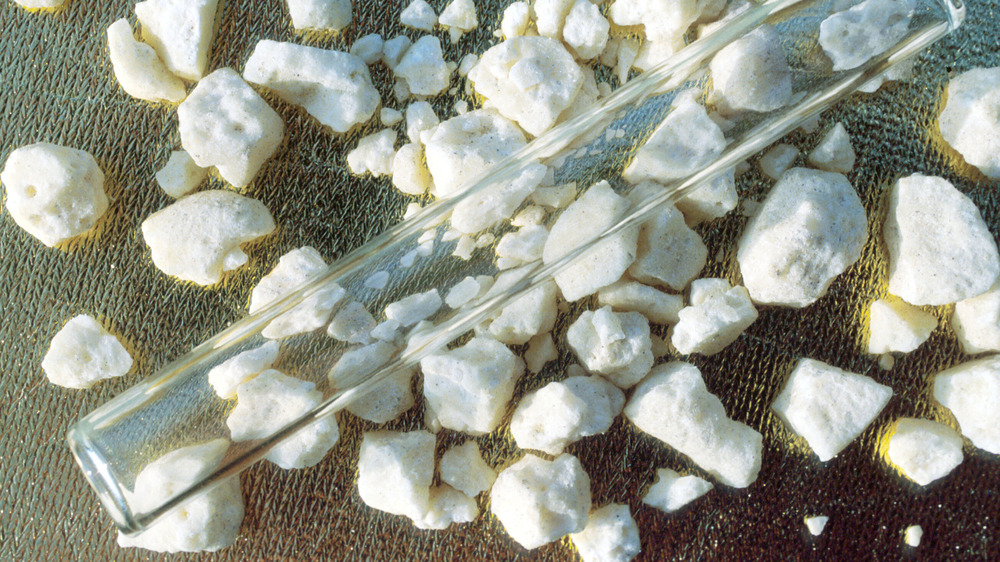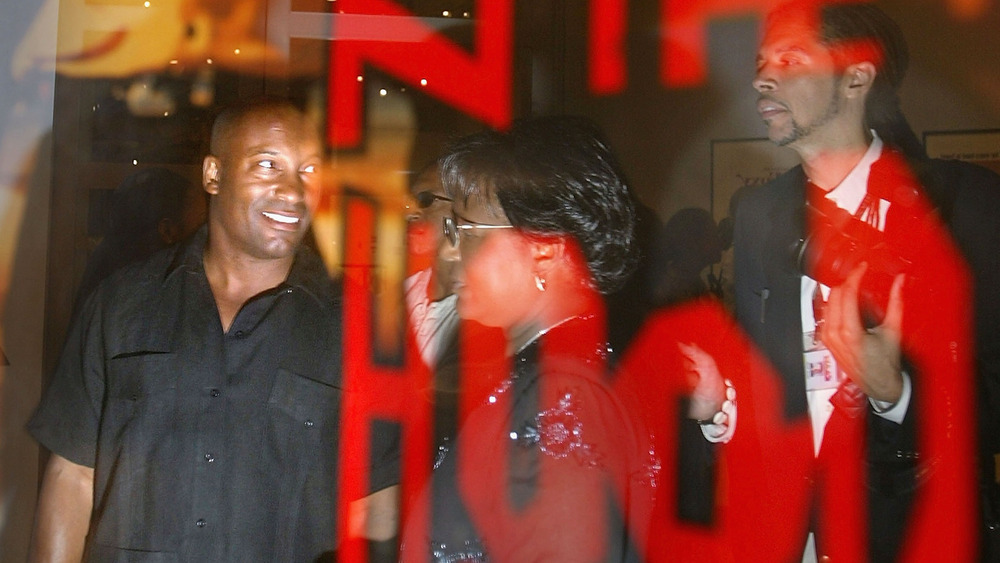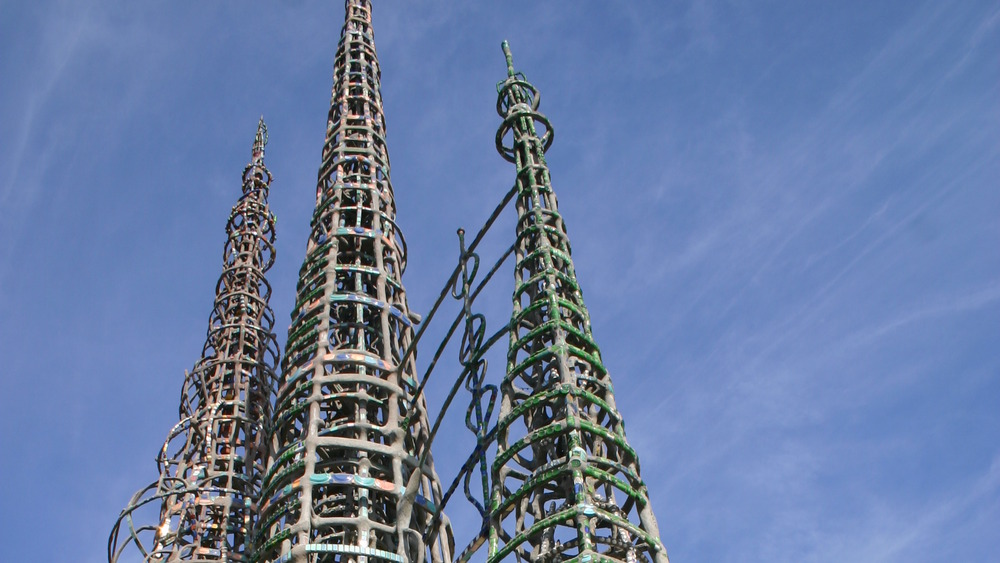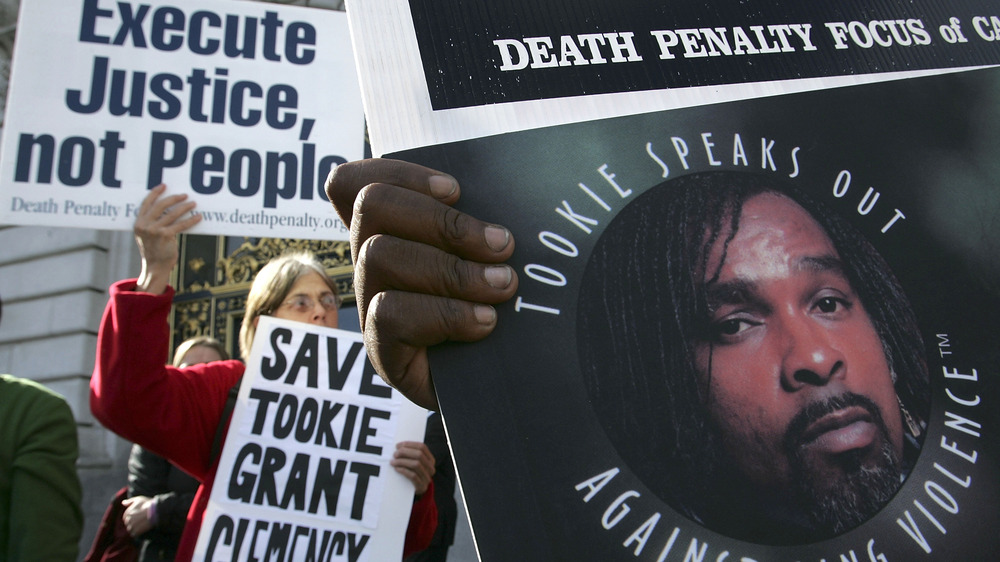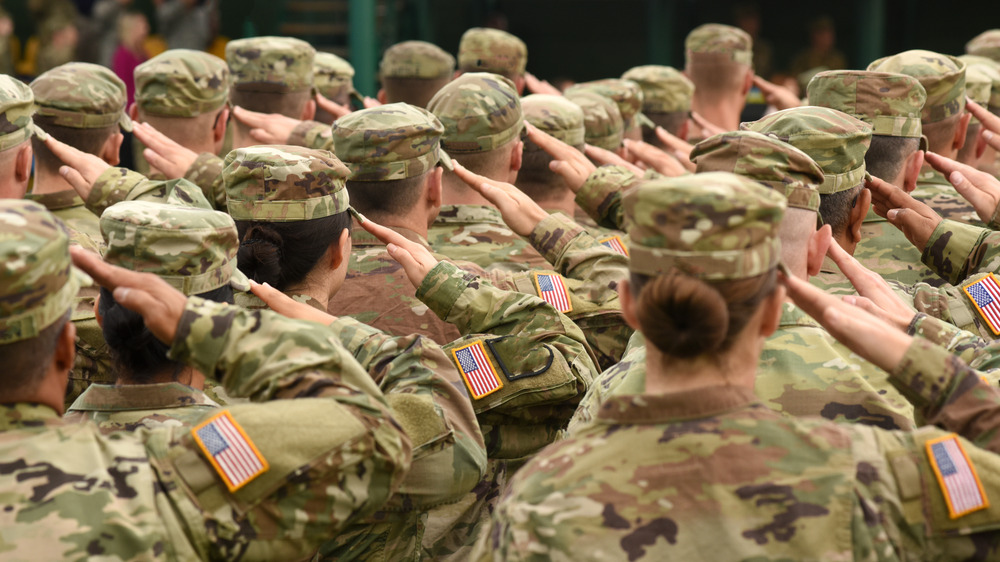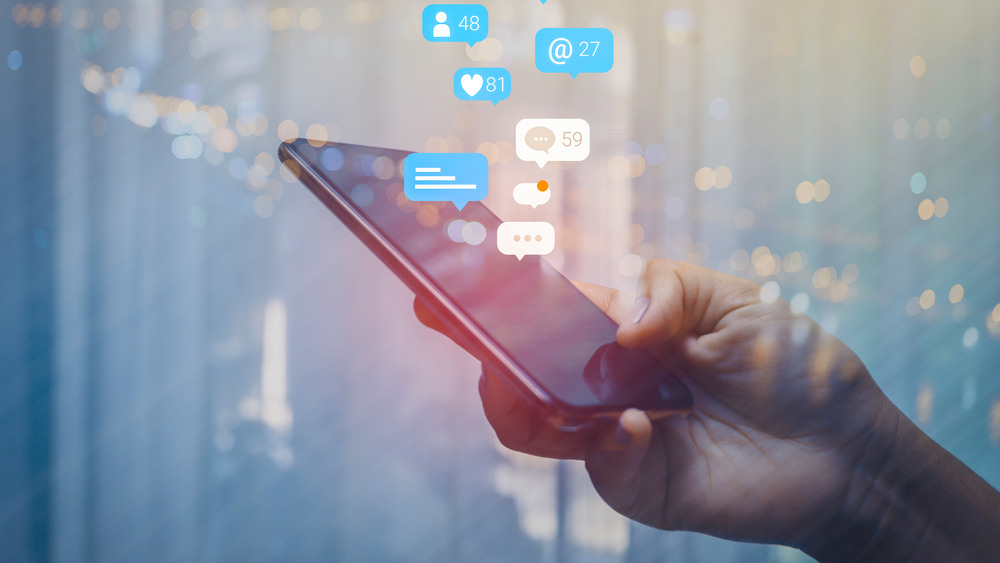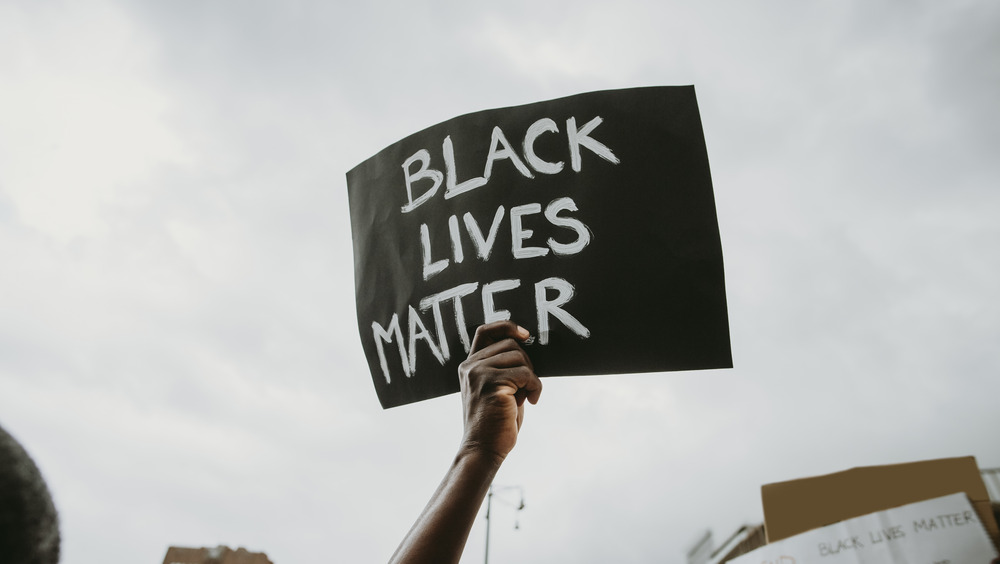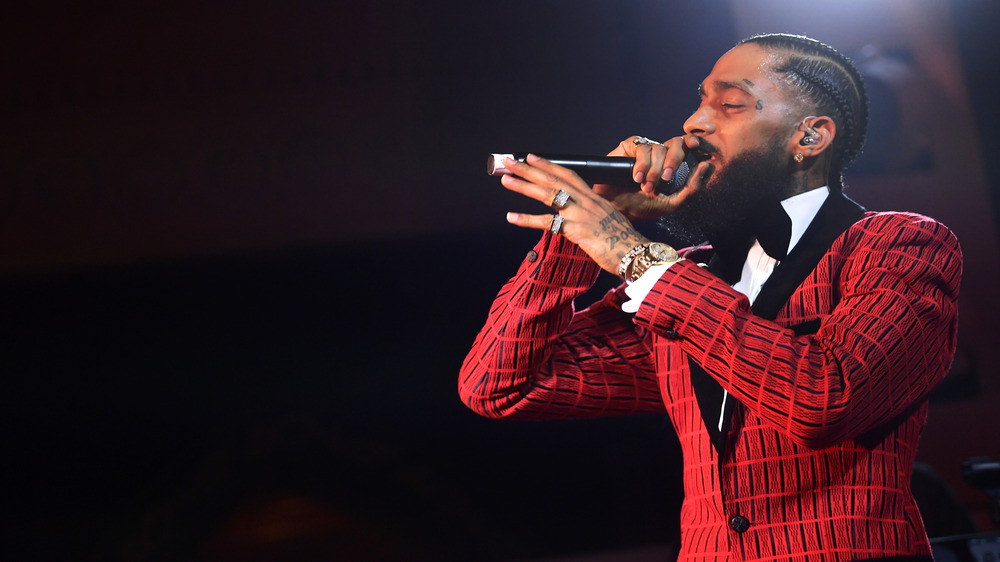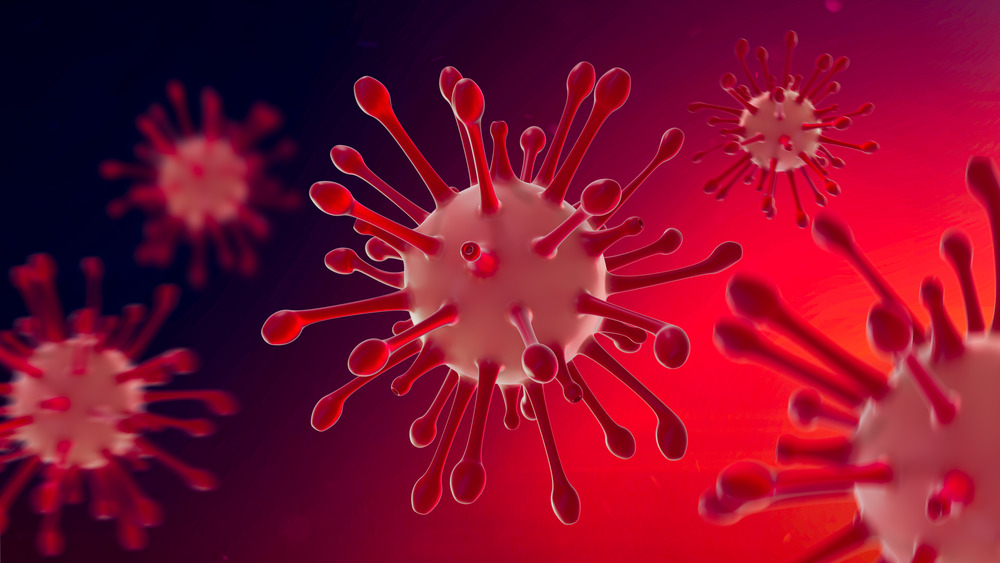The Complex History Of The Crips And The Bloods Rivalry
South Central Los Angeles in the 1950s looked like any other town in the United States — same cars, clothes, and architecture. The only difference being the majority of the population was Black. During World War II, the country was in need of more manpower. The U.S. government made it illegal to discriminate based on race, opening up opportunities for Black Americans to get jobs in the industrial sector, including aerospace, car manufacturing, parts — all in south L.A. This sparked a massive migration to Los Angeles. Due to the racist attitudes at the time, Black people were not able to get loans for homes in any other neighborhood, making South Central synonymous with Black Los Angeles.
The 1948 Supreme Court case Shelley v. Kraemer decided that practices making it difficult for Black Americans to live in white neighborhoods was unconstitutional. So white people, upset that Black people began moving into their L.A. neighborhoods, turned to other methods — burning crosses and calling the police. William H. Parker was L.A.'s police chief from 1950-1966. He was infamous for bullying Black and brown citizens back into "their part of town" and complaining about the influx of "people" moving to L.A. to escape the Jim Crow South. Parker is credited with creating the rift between the people of South Central and the police department, which led to the creation of street gangs in the 1960s as a way for young Black men to protect their communities.
The Crips are formed
In 1960s South Central, two things were happening — young men were coming of age in low-income project housing, initially designed to house factory workers, and the civil rights movement. The Black Panther party, created after the Watts Riots of 1965, gave older gang members a focus on fighting police brutality, all the while younger men and teenagers were forming gangs and engaging in crime.
According to the Bureau of Justice Assistance, gangs date back possibly as early as the 12th century. In the early part of the 1600s in London there were "gangs calling themselves the Mims, Hectors, Bugles, Dead Boys ... who found amusement in breaking windows, [and] demolishing taverns, [and they] also fought pitched battles among themselves dressed with colored ribbons to distinguish the different factions." Today the Bloods and the Crips distinguish themselves with the colors red (Bloods) and blue (Crips).
Raymond Washington was born in South Los Angeles in 1953, says Black Past, making him only 12 years old during the Watts Riots, a six-day battle between the community and the police that turned his neighborhood into a war zone. According to the Los Angeles Times, those who grew up with Washington remembered him as a legendary street fighter. For a time he admired the Black Panthers but ultimately chose gang life. Washington formed his own gang, which eventually became the Crips. While there are many tales of how the group got its name, those close to Washington said it came from a time when his older brother twisted his ankle and had to walk with a limp.
The Bloods form in response to the Crips
In 1971 Raymond Washington approached Stanley "Tookie" Williams, a gang leader and high school student known all over town for surviving a stint at a juvenile detention center. Both men decided to unite their gangs to become the most powerful outfit in all of L.A. Washington would run the east side of town and Williams, the west side. In Williams's memoir, Blue Rage, Black Redemption, he says during the meeting with Washington and his friend Bulldog, "the three of us were dressed identically, in black leather coats, black biscuits, and heavily starched Levis. Had my enemies seen them, they would have been mistaken for being part of my circle."
According to the book, Black Los Angeles, the FBI, through a counterintelligence program called COINTELPRO, brought down the leaders of the Black Panther Party. This created a "power vacuum," and the youth gangs were there to fill that "void." The Crips wore leather jackets inspired by the Black Panthers.
One night in 1972, after a Curtis Mayfield concert, members of the Crips murdered Robert Ballou, Jr., for not giving them his leather jacket. This was the first time a gang fight crossed the line into murder, and in response, neighboring gangs united to defend themselves against the Crips, calling themselves the Bloods. Journalist Michael Krikorian said, "In the way that the killing of Archduke Franz Ferdinand of Austria sparked World War I, the war between the Crips and Bloods was ignited by the killing of Robert Ballou, Jr."
The Death of Raymond Washington
According to Black Los Angeles, "Between 1972 and 1979, the rivalry between Crips and the Bloods would grow, accounting for a majority of the approximately 450 gang-related murders in South Los Angeles." Raymond Washington became disappointed in his own gang as the use of guns became a part of neighborhood warfare. While Washington was no boy scout, he preferred using his fists.
In 1979, Stanley "Tookie" Williams, Washingtons's partner in crime, was sent to San Quentin prison on four accounts of murder. Williams was convicted in 1981 and given a death sentence, which he served until he was lethally injected in 2005. Later in 1979, on the corner of 64th Street and San Pedro, Washington was killed in a drive-by shooting. No one knows who was responsible. According to Michael Krikorian, "It was the end of the founder of the Crips, and it was the beginning of the end of the Crips as a united gang." From that moment on, factions of Crip-on-Crip warfare have become a norm.
Crack-Cocaine
In the 1960s the auto industry in Los Angeles was comparable to that of Detroit, offering a lot of jobs. But over the course of the 70s and 80s, those jobs left Los Angeles and moved overseas. In South Los Angeles, the proliferation of gang activity, combined with severe economic decline, made the area particularly vulnerable when the drug crack-cocaine was introduced in the 80s. While there are a lot of theories as to how the crack epidemic began, the simplest answer, according to Uproxx, is that cocaine was a popular drug. "... but when the supply got too high and the demand tanked, dealers turned to the age old, tried-and-true method of boosting sales: Make a stronger product."
The introduction of crack raised the stakes in gang activity, and by the year 1980, the murder rate increased by some 50% (via Black Los Angeles). This sparked a new migration, that of Crips and Bloods spreading out over the country in search of new markets. According to a 1989 Washington Post article, L.A. gang members moved into new towns, recruited, and ran drugs from Los Angeles to as far as Baltimore. By 1990, in most cities in the U.S., you could find young people affiliated as either a Crip or a Blood.
The Bloods and Crips go to Hollywood
In the late 80s, the U.S. came to know about South Central, Bloods, Crips, and the drug trade first through the rap group NWA, who used music to speak about their experiences growing up, selling drugs, and confronting the police. Then Hollywood jumped on board with films such as Colors, Boyz N the Hood, and Menace II Society. By the mid-90s, the image of the South Central gangster had captured the country's imagination the same way the cowboy once did. Teenagers fashioned themselves as "gangstas" even if they lived in wealthy neighborhoods. The scene in the 1999 film, Office Space, features a man bucking the system to "Damn It Feels Good to Be a Gangsta," by the Geto Boys.
Has media representation helped or caused harm? When a few rap artists were asked about the film, Colors, for Vibe magazine, many of them said the films did both. As the rapper Problem said, "... it definitely was told from a cop's point of view — it was a cop's vision of what gangs looked like. But then movies like Boyz N The Hood and Menace II Society come out and it's more in the form of the eye of the street's point of view. It was the first to ever really show gang culture." While the films and music did create awareness and empathy, some felt it inspired violence and negative images of Black Americans that have led to more prejudice.
The Watts Truce
In April 1992, according to KPCC, "Hundreds of young black men from warring factions of the Blood and Crip gangs were gathered not to protest the Rodney King beating, but to declare a ceasefire." The men had peace talks and then partied the rest of the evening, happy to leave the pressure of worrying about which territory they were imposing on in the Watts neighborhood. A facile glance at history may make one think the truce was linked to Rodney King, in a desire to band together against police brutality, but in reality peace was discussed as early as 1988.
Aqeela Sherrills, a former Grape Street Crip who helped bring about the truce, attributes his own awakening to reading Malcolm X and James Baldwin. He said, "They politicized me and they also gave me courage and language to begin to speak with folks in the neighborhood about what was happening."
Sherrills began talking with fellow gang members and even Bloods. With the help of local intervention programs he was able to further the dialogue about gang involvement. It was truly a grassroots effort that evolved over time, one conversation leading to another, one friend encouraging another friend to rethink their decisions. Gang activity and murder rates in Watts dropped dramatically and served as an example for other neighborhoods. Unfortunately, without economic improvements, the decision on whether or not to join a gang remained a difficult one.
The death of Stanley Tookie Williams
In 1981, Stanley "Tookie" Williams was convicted on four accounts of murder and given the death penalty. In 2005, whether or not the state of California should follow through with the sentence became a huge debate. Since Williams' incarceration, he had become a six-time Nobel Prize-nominated children's author for books warning about the dangers of gang life.
While in prison Williams created the "Protocol for Peace" — a treaty and outline for gangs to make peace agreements in their neighborhood. Williams used it in prison, and it was used in communities on the outside as well. According to The Guardian, "The protocol achieved its first success in June, when hundreds of members of two street gangs in New Jersey used it to bring calm to their community. In the four months before the treaty was signed, there had been 34 gang-related murders. The peace has held ever since."
Despite the pleas and publicity drummed up by Hollywood celebrities, the then-governor of California, Arnold Schwarzenegger, declined Williams' appeals, stating Williams had shown no real remorse. Williams had maintained his innocence in the killings. According to NPR, "Williams, 51, died around 12:35 a.m. after receiving a lethal injection at San Quentin State Prison, officials said."
Bloods and Crips in the military
During the 2000s the FBI saw a rise in gang activity amongst soldiers. Hunter Glass, a gang expert and Army veteren, showed WBTV a video of soldiers at a nightclub in Fort Bragg. "You can see people on the dance floor using their hands to chant 'Crips'... while across the room, Blood members are throwing down signs that mean 'Crip Killers.'" There is no way of knowing exactly how many of those enlisted are affiliated with a gang, but the estimate is at least 1% (14,000 soldiers at the time), which is higher than the portion of gang members in the general public.
While there have been incidents abroad of gang activity in places such as Iraq and Germany, most concerning is that gang members will use their military training in warfare at home in the U.S. L.A. gang investigator, Detective Adan Torres, told WBTV back in 2008, "One of the biggest gangbangers around here actually has on his license plate, 'Iraq veteran' ..." He goes on to say that the person is potentially better trained than anyone he may fight against on the police force.
Bloods and Crips in the Digital Age
The digital age has transformed gang life through social media by opening up new tools for recruitment and "white collar" crimes. YouTube videos can be used as a method of intimidation. According to Social Media Today, gangs are "posting videos of beating somebody down or shooting or showing guns." Whether the videos are working or not to recruit people remains to be seen, but they are getting millions of views proving that someone is watching.
According to Uproxx, "Gangs like the Bloods and the Crips are engaging in crimes, such as identity theft, counterfeiting, selling stolen goods and even bank, credit card and mortgage fraud." Supposedly because it is easier and more lucrative. The problem is, for gang members, that using the Internet for criminal activity is also an easy way to get caught. One example, according to the Baltimore Sun, is of a man and his co-conspirators who confessed to their crimes on Instagram and through text messages, resulting in multiple convictions.
Unite for BLM protests
After George Zimmerman was found not guilty for the death of Trayvon Martin in 2013, the hashtag #BlackLives Matter became a movement that has brought widespread awareness to the way our country's legal system has devalued the lives of Black Americans. Time and time again, a Black man is murdered and somehow a white man is set free. The movement grew to include large scale protests and with its momentum, the unification of the Bloods and Crips in different cities.
In 2015, Baltimore Bloods and Crips declared a truce after the death of Freddie Gray, who was murdered by police in their town. According to The Los Angeles Daily News, their peace accord also included, "no members are to take part in looting or rioting." In 2020, after the death of George Floyd, the Crips and Bloods of his hometown of Houston, Texas, marched together in protest of police brutality. Since the 1990s violent crime has significantly declined, and in the 2010s, the Black Lives Matter movement gave factions of these gangs something else to unite against.
Peace talks after the death of Nipsey Hussle
Ermias Asghedom, otherwise known as the rap artist, Nipsey Hussle, was murdered on March 31, 2019, at the age of 33. It came as a devastating shock to his community in South Los Angeles and around the world. According to the Associated Press, "While most folks look at the Crenshaw neighborhood where he grew up and only see gangs, bullets and despair, Nipsey saw potential." People not only loved his music but what he stood for. Hussle grew up in Crip territory and was a former member of the Rollin' 60s. He took the money and fame he made from his career and reinvested in his community.
Grieving gang members from both the Crips and the Bloods met together. While they didn't come to a total truce, they did plan a cease-fire. According to the Los Angeles Times, "We're going to carry what Nipsey wanted, what he was trying to preach in his songs," said Shamond "Lil AD" Bennett, 38, of the Rollin' 60s. "It don't make no sense that you're fighting over a block that you don't own." After the death of Hussle, gang-related crime dropped 9% (via NBC News).
Gangland in the time of Coronavirus
Since the 90s, there has been a steep drop in gang violence, and with the unification efforts in relation to the Black Lives Matter and the death of Nipsey Hussle, one can still hope. Though, according to The New York Times, several communities are seeing an uptick in gang-related murders. "Criminologists studying the rise in the murder rate point to the effects the pandemic has had on everything from mental health to policing in a time of social distancing, with fewer officers able to perform the up-close-and-personal community outreach work that in normal times has helped mitigate violence."
However, the pandemic has forced some gang members to once again come together to help in a time of crises. According to the Associated Press, members of the Bloods and Crips in Allentown, Penn., organized to distribute diapers. "Together, they got more than 163,000 diapers into the hands of 1,100 families." In South Los Angeles, Bloods and Crips banded together to encourage folks in their community to vote, since they could not due to their criminal records (via ABC7). Blood and Crips that want to represent but stay safe can even purchase the appropriate face mask in either red or blue.
